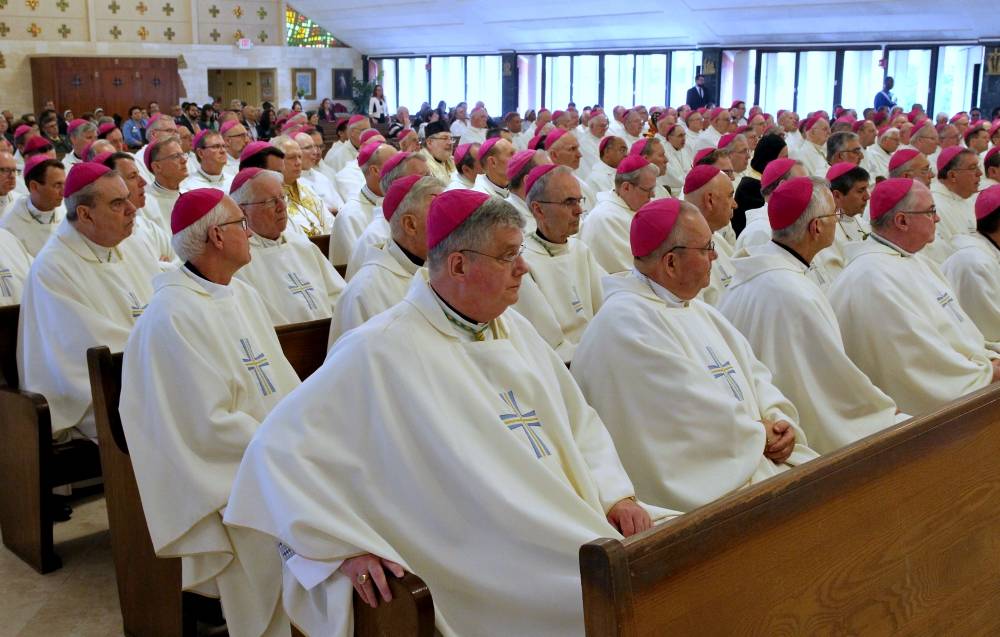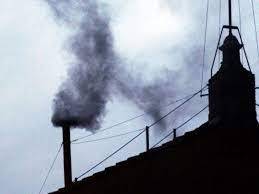HOW THE POPE IS ELECTED
The process for selecting a new pope in the Catholic Church is known as a papal conclave. When the previous pope dies or resigns, the cardinals of the Church gather together in Vatican City to elect a new pope. The process is governed by the rules set out in the Apostolic Constitution Universi Dominici Gregis, which was promulgated by Pope John Paul II in 1996.
The conclave begins with a period of mourning and prayer, during which the cardinals discuss the state of the Church and the qualities they are looking for in a new pope. Once the mourning period is over, the cardinals enter into a period of isolation known as seclusion. During this time, they are cut off from the outside world and are not allowed to communicate with anyone who is not part of the conclave.
The actual voting process begins with the cardinals casting their ballots in a secret vote. To be elected pope, a candidate must receive a two-thirds majority of the votes. After each round of voting, the ballots are burned in a special stove in the Sistine Chapel, with chemicals added to produce black smoke if no candidate has received the necessary majority, or white smoke if a pope has been elected.
If a pope is not elected after a certain number of ballots, the cardinals may take a break to reflect on the results and to engage in discussions about potential candidates. During this time, the cardinals are allowed to speak with each other but are not allowed to leave the Vatican or to communicate with the outside world.
Once a pope has been elected, he is asked if he accepts the position. If he does, he is then asked to choose a papal name and to be fitted with the traditional white papal vestments. He is then formally introduced to the world from the balcony of St. Peter's Basilica, where he offers his first blessing as pope.
Overall, the process for selecting a new pope in the Catholic Church is a complex and carefully regulated process designed to ensure that the candidate who is elected is best suited to lead the Church at that particular moment in its history.


